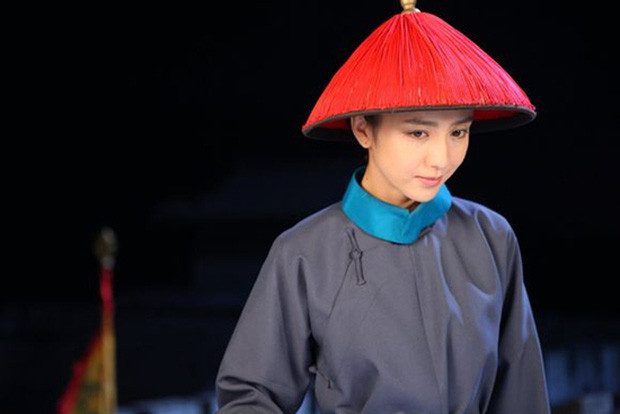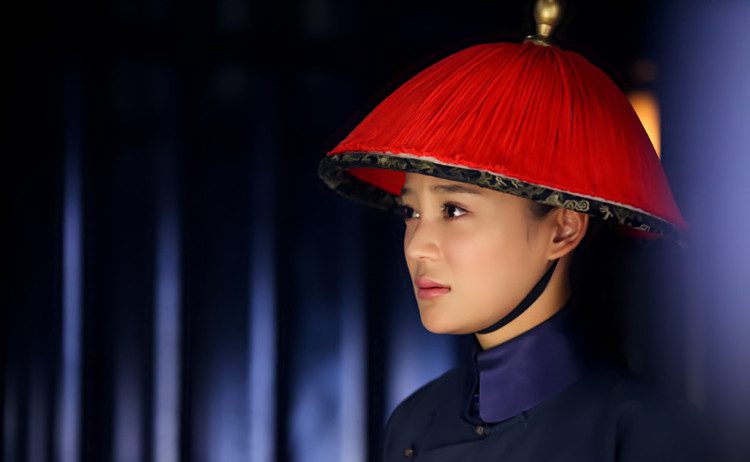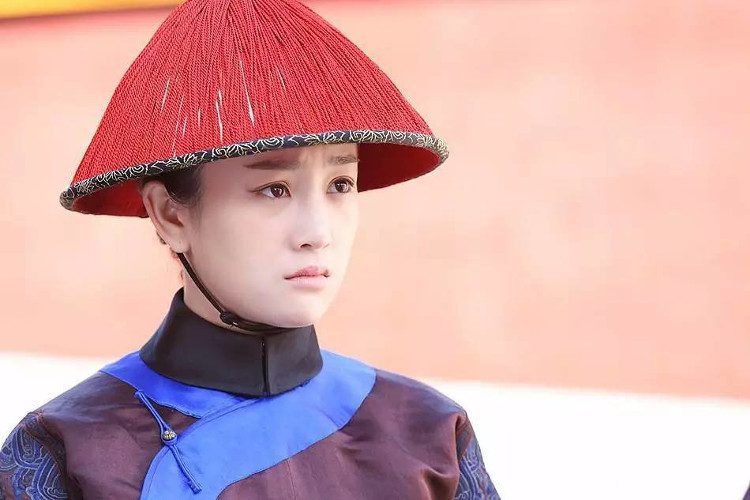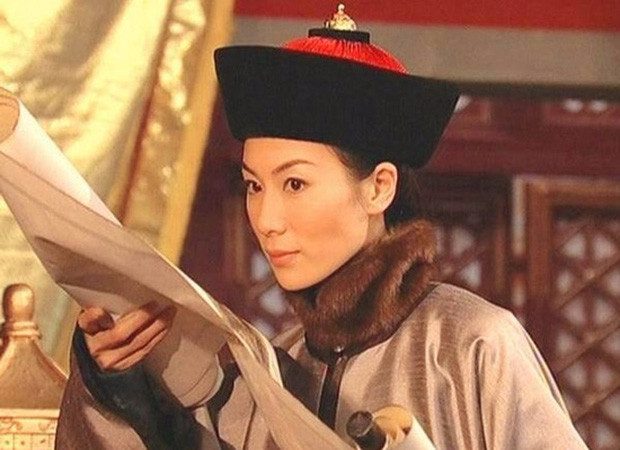Female eunuchs underwent a more gruesome and complex “purification” process before being brought into the palace compared to their male counterparts.
We are all too familiar with the image of male eunuchs in ancient Chinese courts, holding various fixed positions such as assisting the royal family or managing palace affairs. Some eunuchs even wielded considerable power, capable of disrupting the inner sanctum, such as An Dehai and Li Lianying, whose stories have been vividly depicted in historical records and films during the Qing Dynasty.
Historical records and certain artistic works show that eunuchs held a prominent position in the imperial harem, leading many to mistakenly believe that within the palace, outside of the Emperor and the princes, there were only consorts and maids. However, what they do not realize is that in this “sacred and inviolable” place, there existed another mysterious and tragic figure—the female eunuchs, also known as female officials.
As an indispensable occupation in ancient palaces, entering the palace as a eunuch or maid may seem indecent by modern standards, but for those in ancient times, if a family was truly impoverished, entering the palace was not a bad option.
Due to the overwhelming number of men, to prevent relationships with women in the palace, men needed to be “purified” to become eunuchs. However, in reality, becoming a eunuch in the palace required more than just castration for men. In some cases, women also needed to be “purified” if they wished to enter the palace and serve as maids.

Female eunuchs are one of the most mysterious figures in Chinese feudal history. (Illustrative image).
Female Eunuchs Appeared Early in Chinese Feudal History
In a country that has long held a patriarchal view since ancient times, the practice of bringing women into the palace to “purify” them as officials is perhaps one of the most exceptional and perplexing aspects of Chinese history. What specific roles did they hold in the palace, what powers did they possess, and could they influence the treacherous harem like male eunuchs?
In fact, female eunuchs appeared quite early in ancient Chinese dynasties. Historical records mention some famous figures such as the talented Ban Zhao from the Han Dynasty, Lin Jiaoyue from the Song Dynasty, Xie Tao from the Tang Dynasty, and Wan Guiyi from the Ming Dynasty.

The practice of bringing women into the palace to “purify” them as officials is perhaps one of the most exceptional and perplexing aspects of Chinese history. (Illustrative image).
Even in the regulations regarding the official system during the Zhou Dynasty, dating back 3,000 years, records about female officials exist. The book “Zhou Li, Tian Guan” includes a section on “Female Officials”, stating that female officials were responsible for managing the queen’s rituals and internal affairs within the palace. The Zhou Dynasty established eight positions for female officials, and by the Han Dynasty, there were nearly 200 female officials in total.
Unlike consorts and beauties brought into the palace to continue the royal lineage, female officials were “not allowed” to be beautiful, and most were middle-aged women who lived alone without families.
Roles of Female Eunuchs in the Palace
Their duties were complex and could be described as miscellaneous. From holding various seals and recording work schedules to managing the sexual lives of the harem and monitoring the pregnancy status of the concubines.

The work of female eunuchs in the palace is very complex, mostly managing the sexual lives within the harem. (Illustrative image).
Female eunuchs were forced to undergo “purification” with the sole purpose of ensuring they could no longer become pregnant or give birth. However, this “guarantee” was not as simple as many might think, merely involving taking infertility pills as depicted in films about palace intrigues. The female eunuchs had to endure a painful and gruesome “purification” process that was far more severe than that of male eunuchs. If they survived, they could become female officials. If they failed, they would need to find a burial place. Ultimately, in ancient times, human lives were as cheap as weeds.
- After drinking a bowl of soup, the female official was hung from a pole. Then a hook was inserted deep into the uterus to grip the ovaries, and a weight was attached to the end of the hook.
- The next step involved using a soft hammer to strike the abdomen to push the ovaries out of the vagina. A thin cow tendon was used to tightly bind the protruding ovaries to the back.
- A sharp knife was then used to cut off the vagina and the ovaries that had been tied. Due to the tightly bound wound, it could not supply blood to the outside of the binding, leading to necrosis and eventual shedding.
- Finally, the protruding part of the binding was cut off, and a layer of ash from a special grass was applied to stop the bleeding. After recovery, the female official would become a female eunuch.

Female eunuchs had to endure a painful and gruesome “purification” process. (Illustrative image).
Over time, the practice of purifying female officials gradually diminished, but the purification of eunuchs continued.
Did Female Eunuchs Possess Power Like Male Eunuchs in the Palace?
Female eunuchs typically only fulfilled their assigned duties and rarely got involved in political matters or power struggles in the harem like male eunuchs. Therefore, they were seen by the Emperor as an optimal solution to resolve disturbances within the palace.
However, when female eunuchs became greedy, they could conspire with male eunuchs to create chaos and turmoil in the court. Historical records also document shocking cases where the masterminds behind the schemes were female eunuchs whom the Emperor fully trusted.

Historical records document shocking cases where the masterminds were female eunuchs trusted by the Emperor. (Illustrative image).
One case during the Ming Dynasty involved a princess who had to live in a separate residence after marriage, known as the Shiwang Mansion, which was managed by a female eunuch appointed by the Emperor. Without the summons of this female eunuch, the prince consort found it difficult to visit the princess.
Therefore, the prince consort had to bribe the female eunuch with a substantial amount of money to be able to stay by his wife’s side day and night. However, the female eunuch’s greed grew, making it increasingly difficult for the prince consort to meet her demands. Eventually, he was barred from seeing the princess and fell into a state of mental illness, ultimately leading to his death. The princess remained a widow for life as a result.
Yet, despite the recorded tumultuous events involving formidable female eunuchs, the plight of an ordinary woman enduring a painful “purification” process to serve in the royal palace is truly tragic.





















































